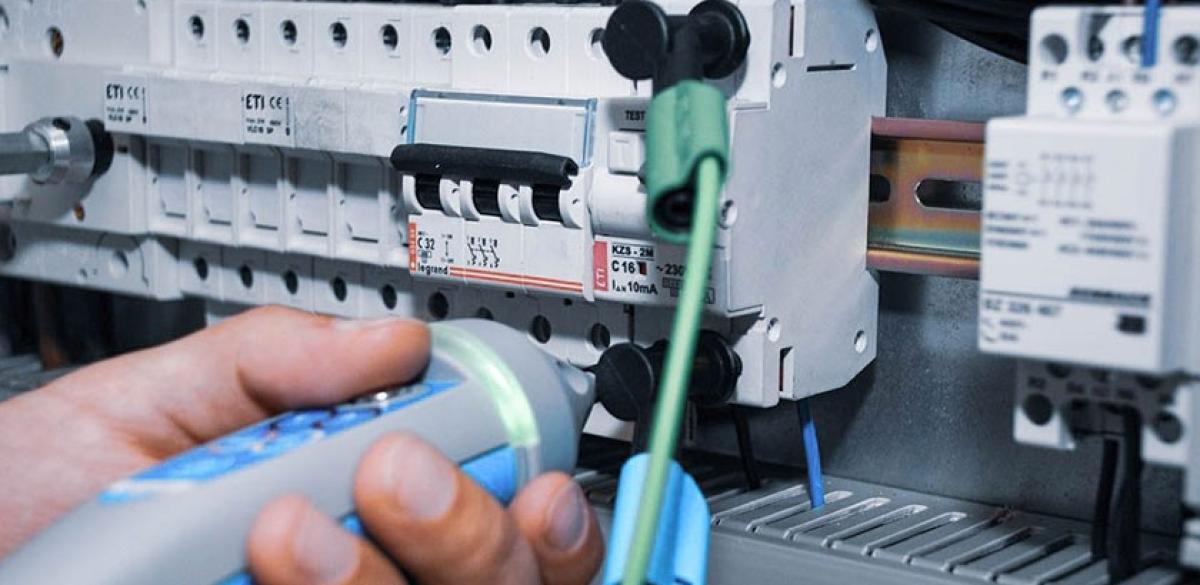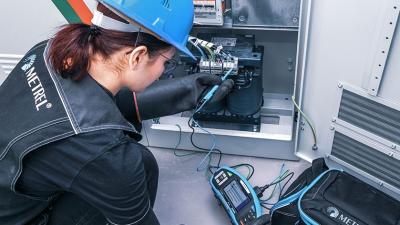Isolated areas RCDs
Surgery rooms or operating theatres

RCDs or residual current devices are a basic form of protection of the installation. They turn the power off in case the difference between phase and neutral wires becomes too big, or if there is too much current in the PE wire. This usually means that the installation is leaking intensely, some part of insulation has been breached so there is a contact between phase and neutral, or some current got diverted (e.g. through a body).
These are all dangerous situations, so the RCD trips, breaks power supply, and prevents the damage from happening. Some RCDs have overcurrent protection included, so that they can protect from high fault and high load currents. These two types of protection can also be built-in separately, as fuse and RCD or surge protection and RCD. There is a number RCD types, each sensing different current shapes. Some only cover sinus current, others also support protection from pulsed, DC, or more distorted shape. The standard describing them is IEC/EN 60364-5-53.
Installations are generally protected with multiple RCDs. They are installed following the distribution principle. When a fault occurs, only the RCD closest to it trips, making location of the fault easier. The principle is essentially hierarchical, with an RCD with higher rated current connected so that currents from lower-rated ones combine at it.
In IT systems, RCDs generally cannot activate on first fault. System is isolated from ground, so extremely little current can flow and there is no reason for them to trip. The system with an insulation fault moves to working as a TN/TT system. Nominal voltage rises to a new value that depends on system design. It is kept to non-dangerous level, but it still causes leakage to rise slightly.
The fault is detected by the insulation monitoring device. It warns the users with sound and light signal, where sound can be turned off, but light can only reset once the fault is fixed. It is possible for RCDs to trip at first fault in isolated system however – in large systems, leakage can rise enough to operate them, or a capacitive connection to the ground can conduct enough current for it to trip. These types of trips must be taken into design consideration. In hospital environment, they are not permissible.
On a second fault in an IT system, the situation is similar to TN/TT system. It can generate very high fault currents, so RCDs are an absolute necessity. Once the current rises above rated value, they turn the power off. Measurements of the RCD effectiveness must cover their sensitivity to different shapes of fault current, magnitude of current that causes a trip, contact voltage on accessible surfaces at maximum permissible current, and time to trip.
Application Notes
Measurements
MI 3155 offers measurement of virtually all RCD, PRCD, RCD for electric vehicles, or a special type. Measurements performed in AutoSequence® are contact voltage, rated current with a ramp and time to trip. RCD type has to be selected in advance, as are the limit values to assess pass or fail. The measurement is done in the distribution board or sub-distribution board.















